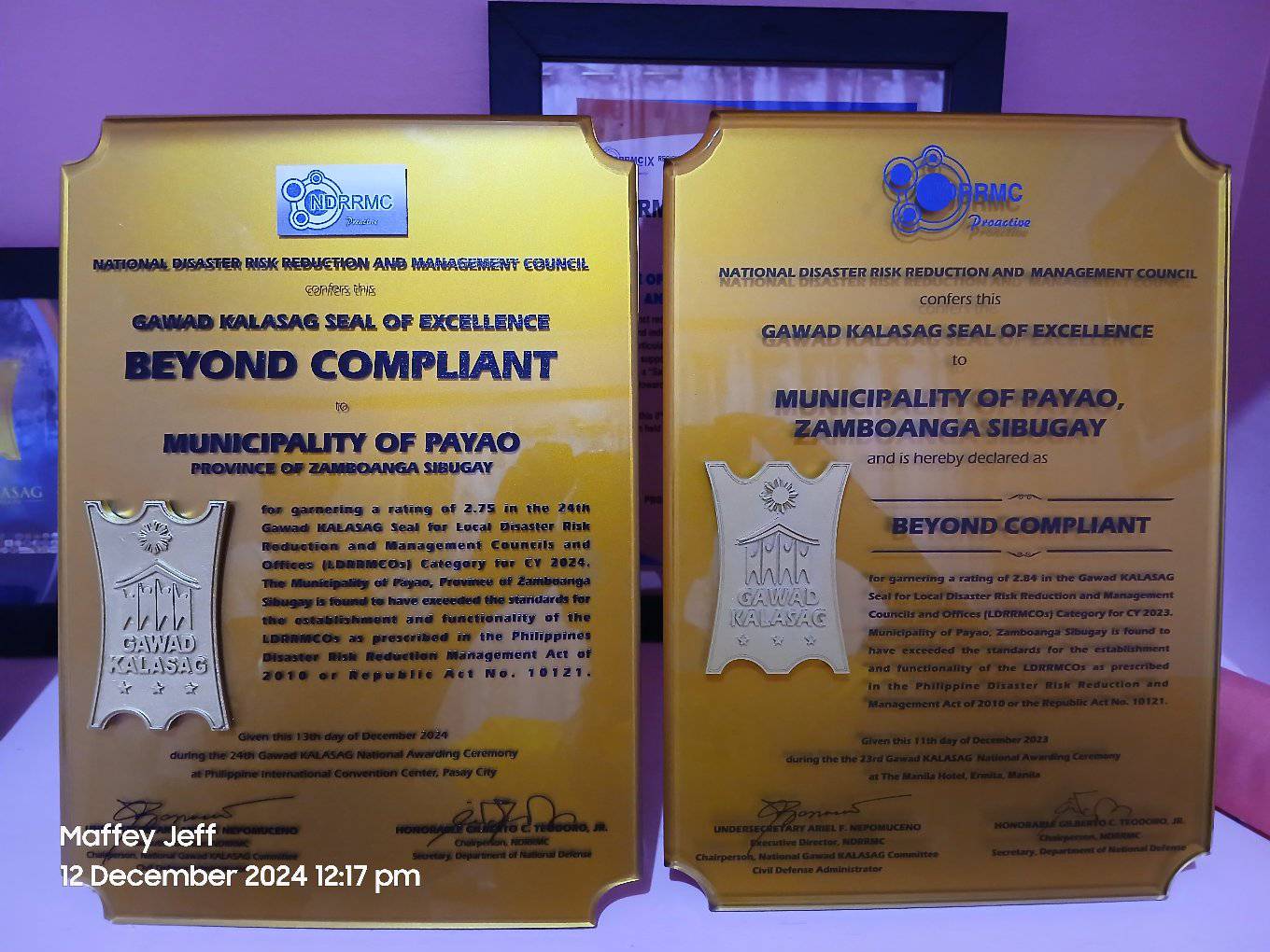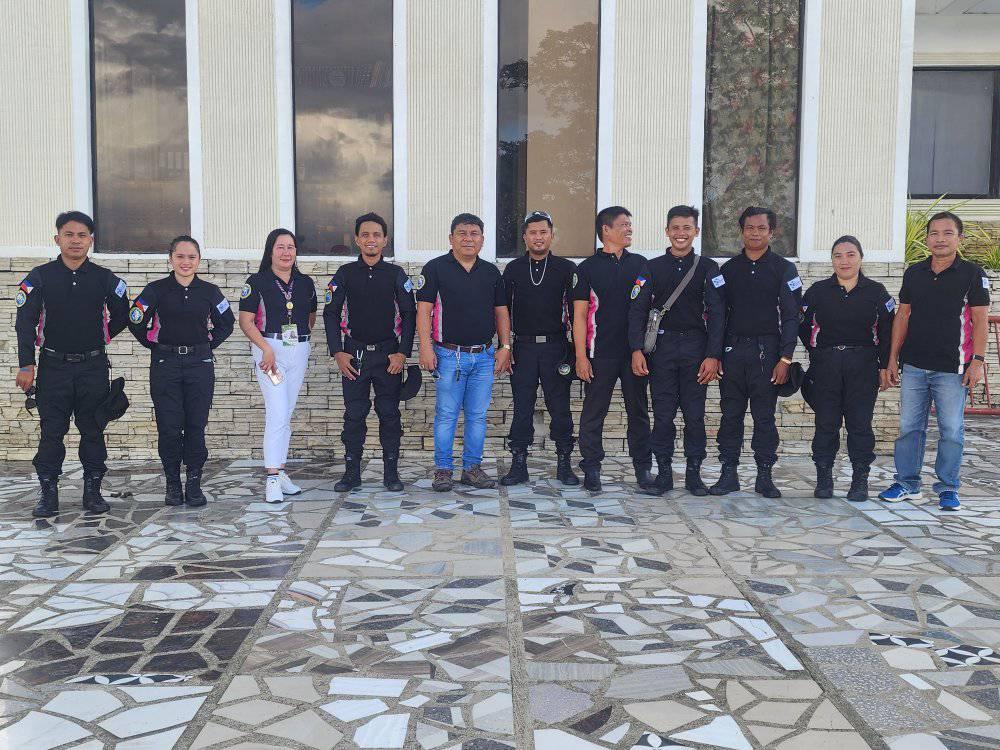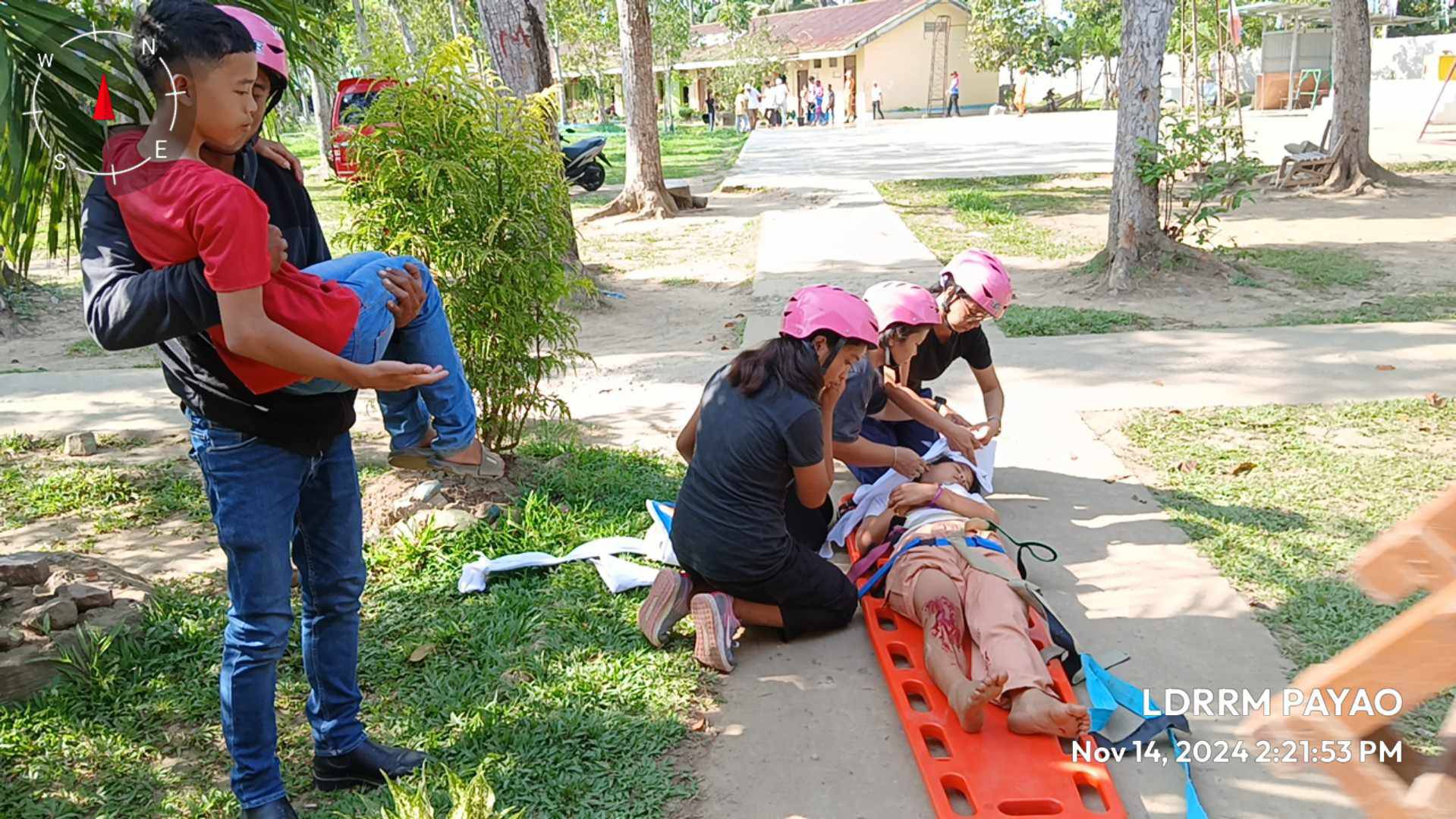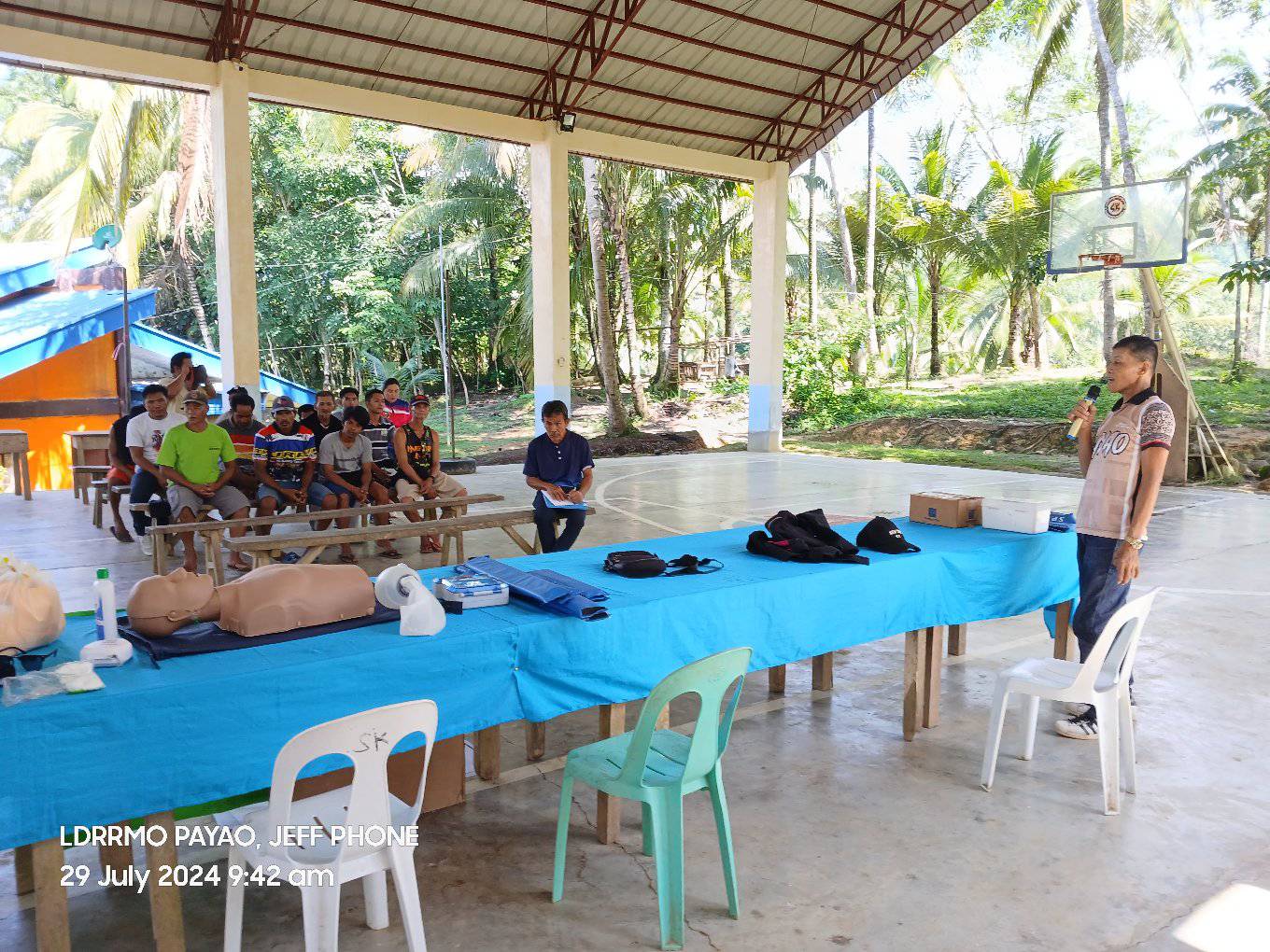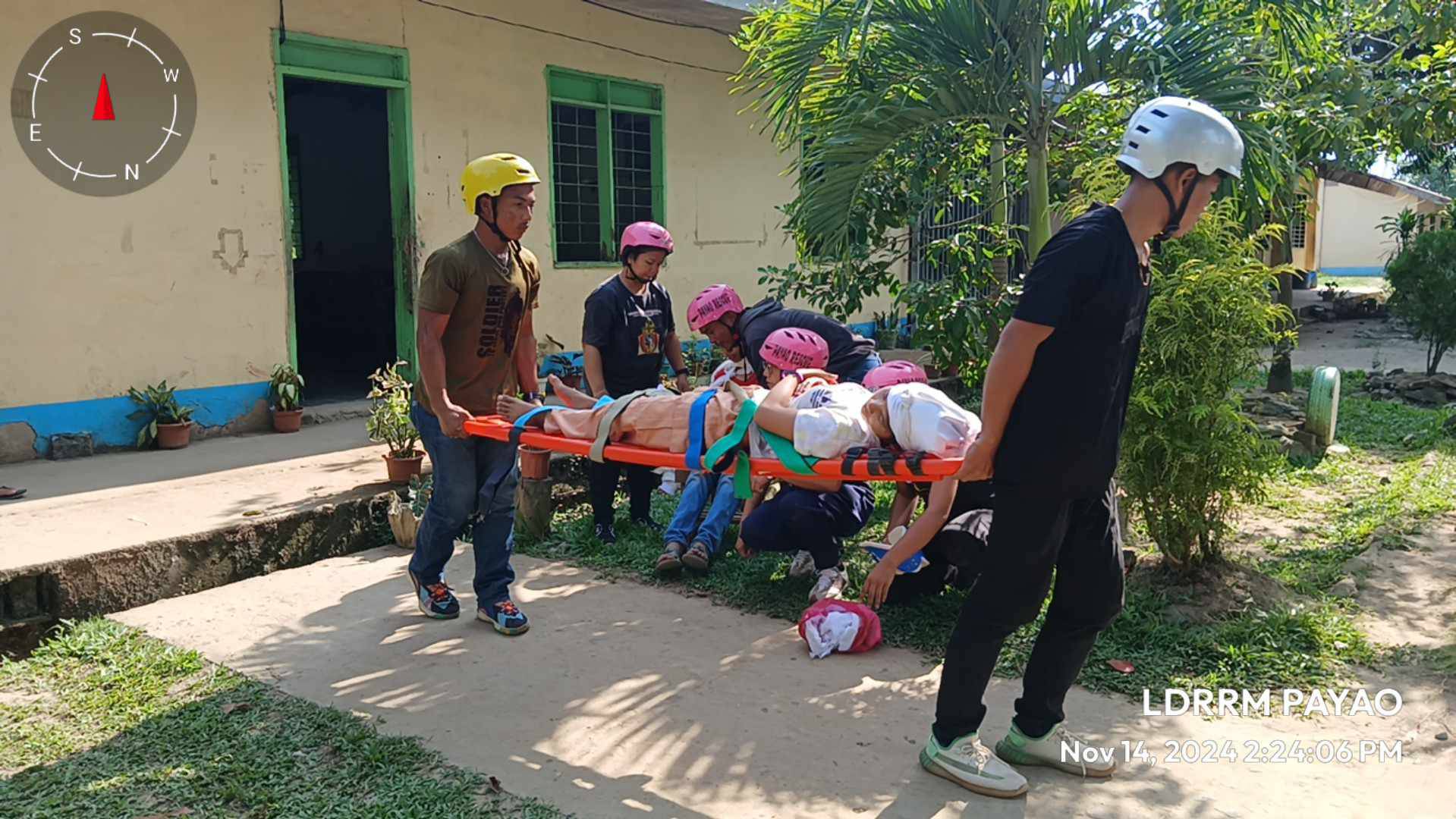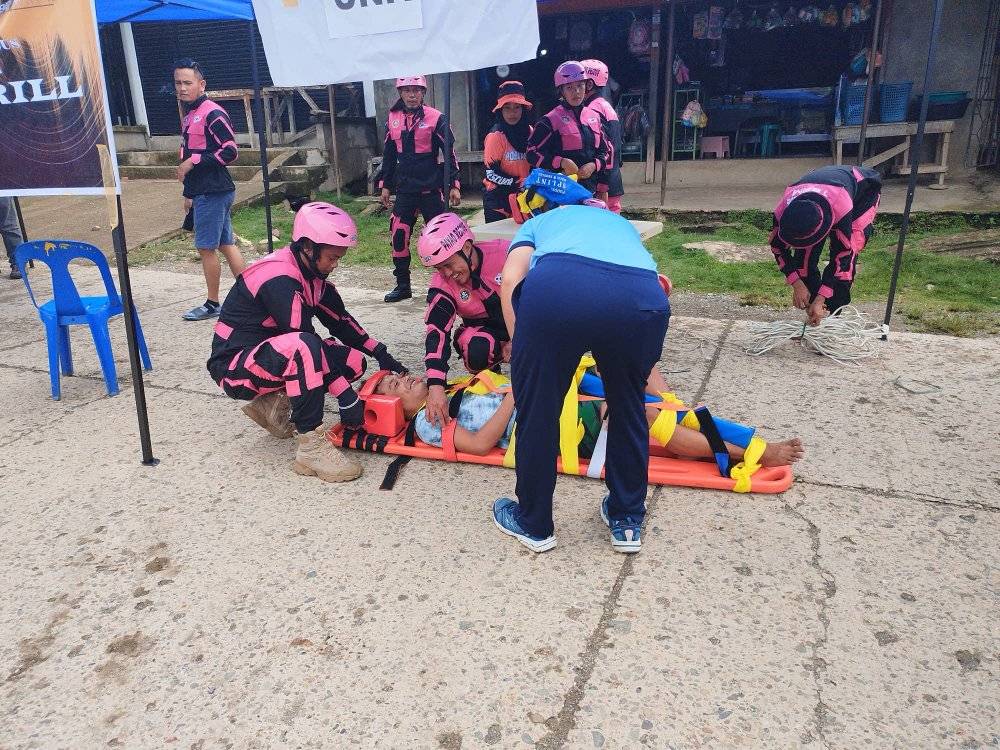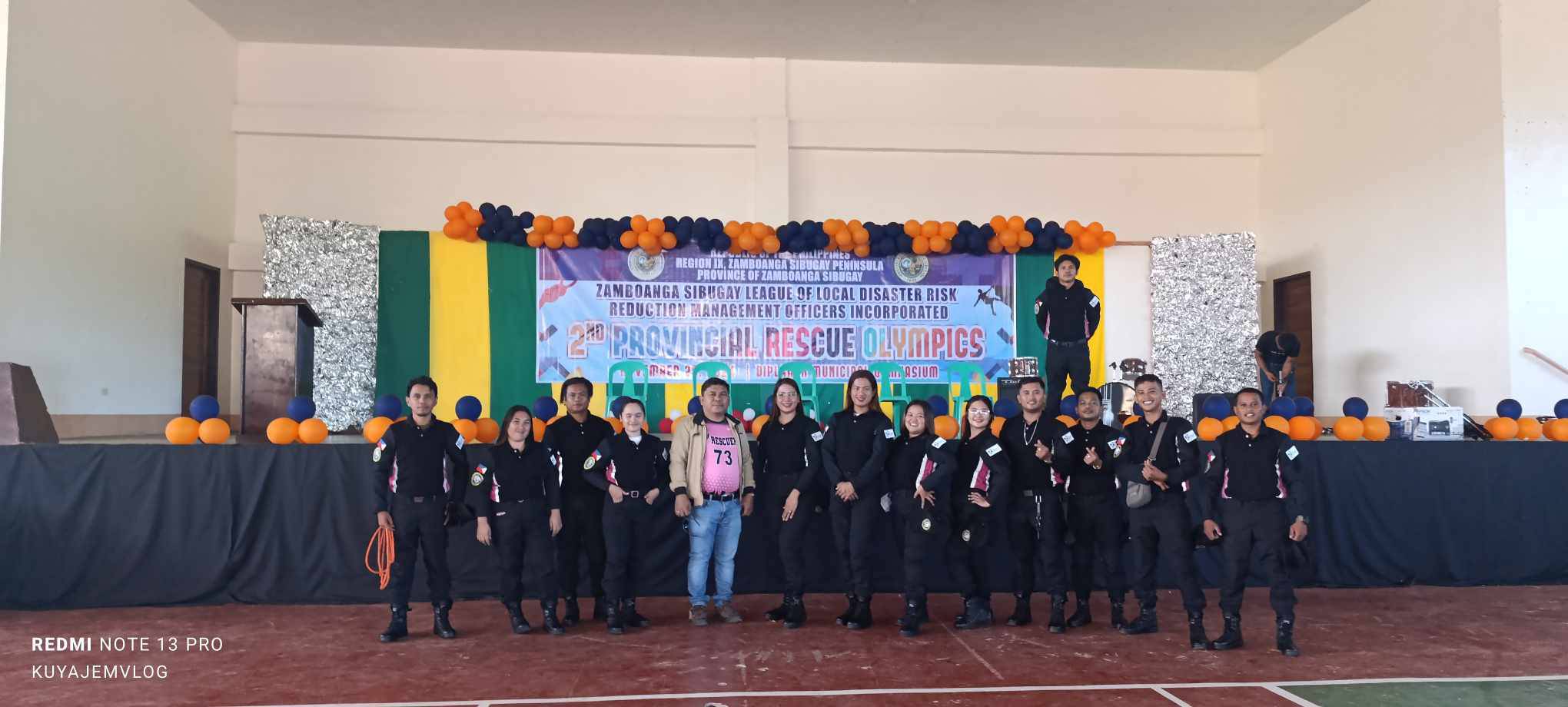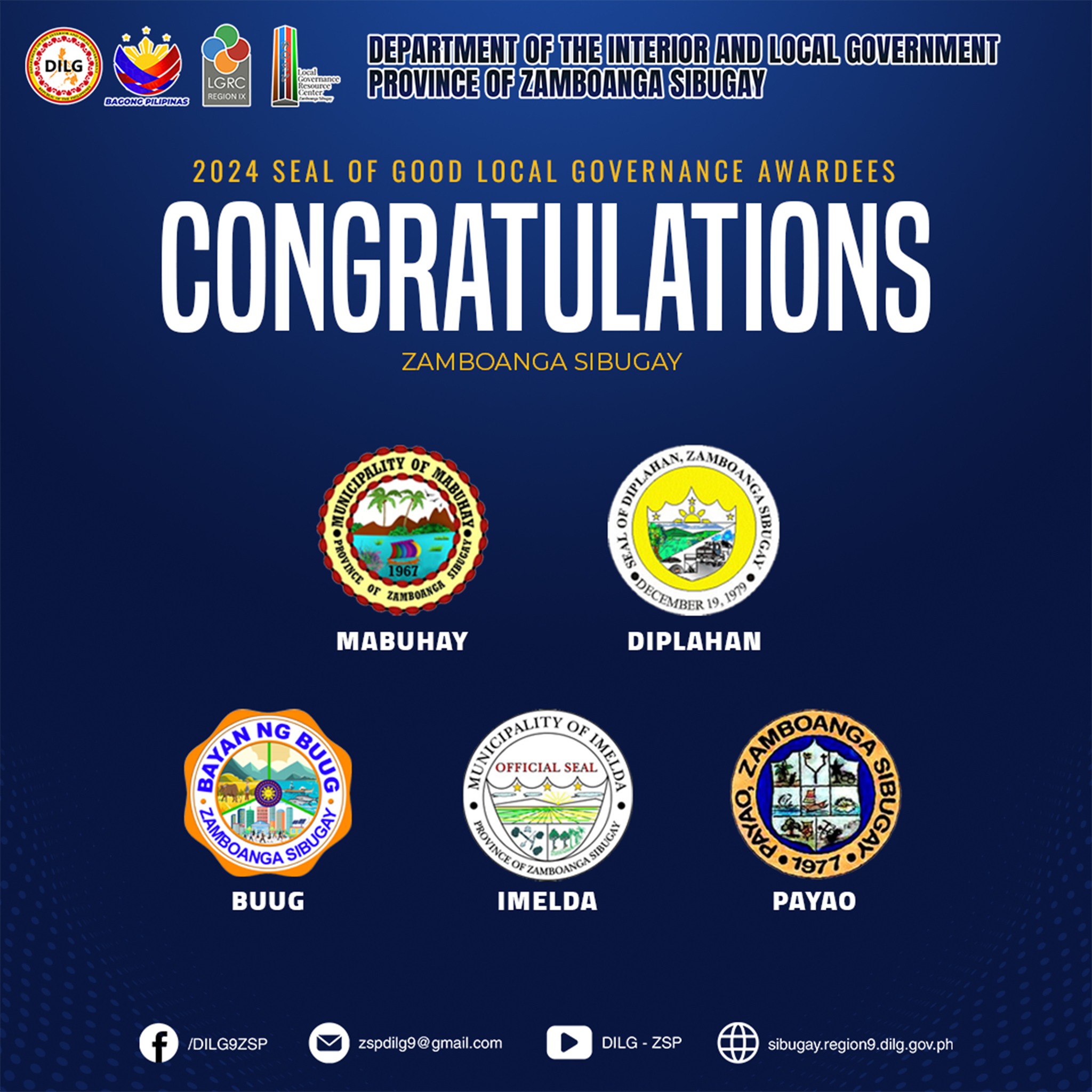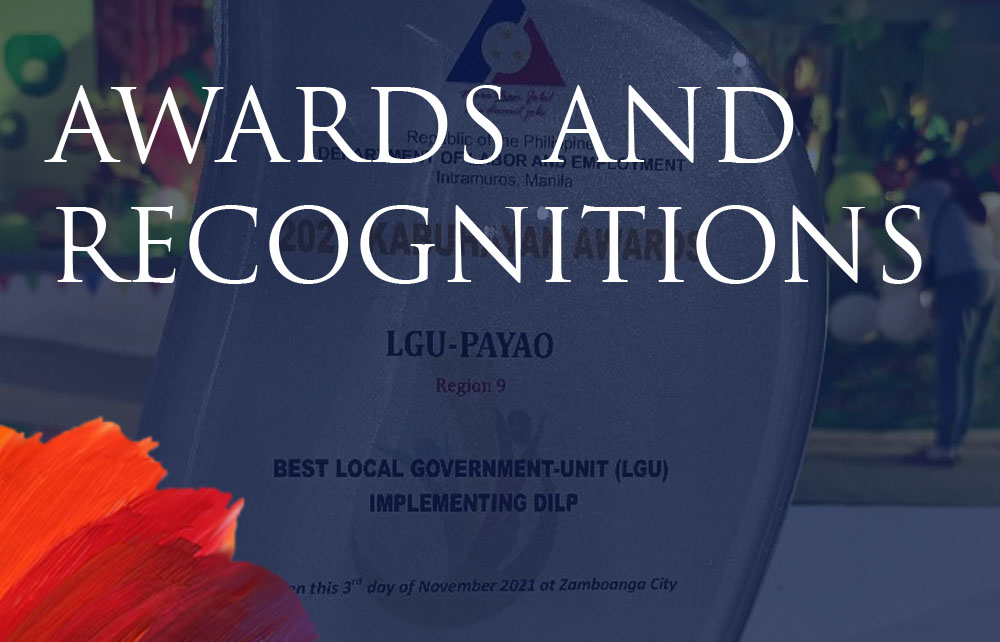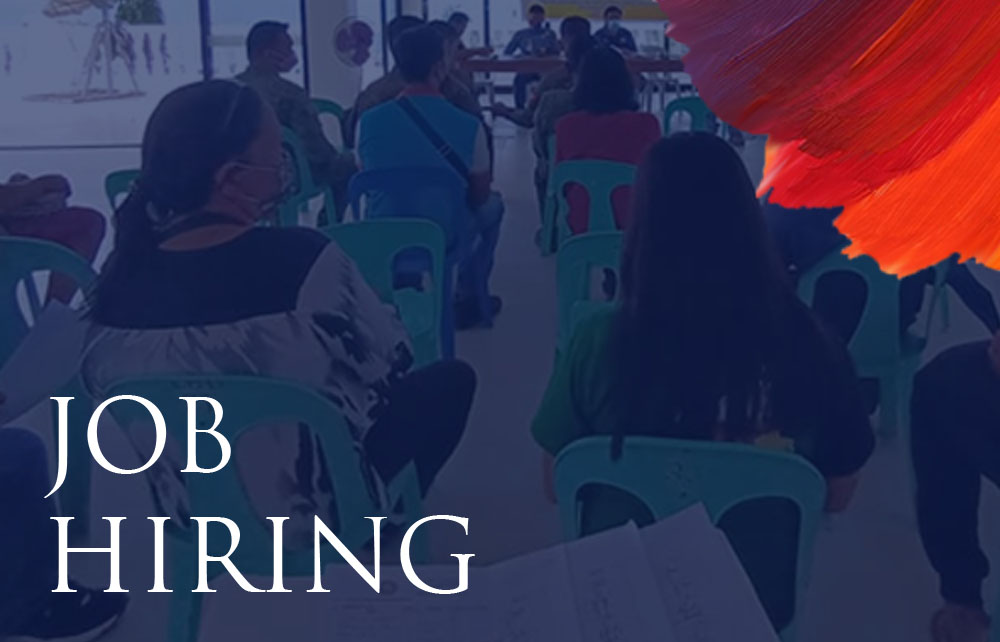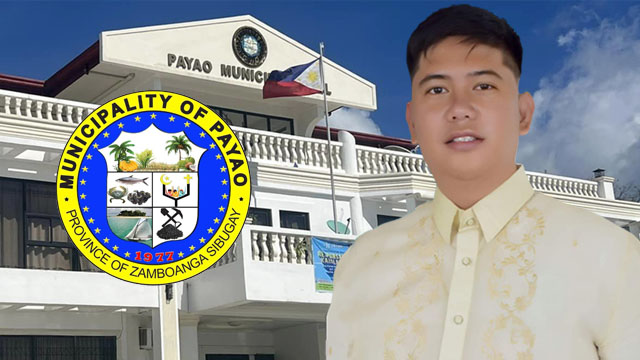
Efren C. Andujar
MGDH I
Municipal Disaster and Risk Reduction Officer
Office Contact Number: —
Official Email: —
Location: 2nd Floor, Payao Municipal Hall, Poblacion, Payao, Zamboanga Sibugay
Office Hours: 8:00 AM to 5:00 PM Monday to Friday except Holidays. No Noon breaks
Office Staff:
Roel Y. Banquiao : LDRRMO III
Jed Mae C. Banquiao : LDRRM I Admin and Training Division Head
Rosewell C. Calongcong : Admin Aide II and Research and Planning Division Head
Agnes C. Agot : Admin Aide II and Finance Management Division Head
Jeffrey A. Julcani : Job Order/ Logistics and Information Section Head
Jemson C. Caliora : Job Order/ Operation and Warning Division Clerk
Appan P. Maluba : Job Order/ Assistant Admin and Training
Zarah C. Bantilan : Job Order / Office Clerk
Leby C. Suan : Job Order / Assistant-Operation and Warning
Daryl Jay M. Años : Job Order / Research and Planning Division Clerk
Brian C. Andujar : Job Order / Admin and Training Division Clerk
Functions and Responsibilities of the LDRRMO
The LDRRMO, within their territorial jurisdiction, shall be responsible for setting the direction, development, implementation, and coordination of disaster risk reduction and management programs, and shall perform the following functions and those that may be authorized by the LDRRMC:
DRRM Research and Planning
1. Design, program, and coordinate DRRM activities, consistent with the NDRRMC’s standards and guidelines;
2. Facilitate and support risk assessments and contingency planning activities at the local level;
3. Consolidate local disaster risk information which includs natural hazards, vulnerabilities, and climate change risks, and maintain a local risk map;
4. Conduct research and development initiatives on DRRM;
5. Formulate and implement a comprehensive and integrated Local DRRM Plan (LDRRMP) in accordance with the national, regional, and provincial framework, and policies on DRR in close coordination with the Local Development Council (LDC);
6. Prepare and submit to the Local Sanggunian through the Local DRRM Council and the annual LDRRMO Plan and budget, the proposed programming of the LDRRMF, other dedicated DRRM resources, and other regular funding source/s and budgetary support of the LDRRMO or BDRRMC;
7. Maintain a database of human resource and their capacities, equipment, directories, and location of critical infrastructures such as hospitals and evacuation centers;
8. Serve as the Secretariat and executive arm of the Local DRRM Council (LDRRMC);
9. Recommend through the LDRRMC the enactment of local ordinances consistent with RA 10121;
10. Prepare and submit, through the LDRRMC and the LDC, the report on the utilization of the LDRRMF and other dedicated DRRM resources to the local COA, copy furnished the regional director of the Office of Divil Defense (OCD) and the local government operations officer of the DILG; and
11. Involvethe most vulnerable sectors (women, children, senior citizens, and PWD) in risk assessment and planning.
DRRM Administration and Training
1. Organize and conduct training, orientation, and knowledge management activities on DRRM at the local level;
2. Identify, assess and manage the hazards, vulnerabilities and risks that may occur in their locality;
3. Identify and implement cost-effective risk reduction measures and strategies;
4. Disseminate information and raise public awareness about those havards, vulnerabilities, and risks;
5. Take all necessary steps on a continuing basis to maintain, provide, or arrange the provision of, or to otherwise make available, suitably-trained and competent personnel for effective civil defense and DRRM in its area;
6. Organize, train, equip and supervise the local emergency response teams and the accredited community disaster volunteers (ACDVs), ensuring that humanitarian aid workers are equipped with basic skills to assist mothers to breastfeed;
7. Within its area, promote and raise public awareness of, and complaince with RA 10121 and legislative provisions relevant to the purpose of the latter;
8. Implement policies, approve plans and programs of the LDRRMC consistent with the policies and guidelines laid down in RA 10121; and
9. Train the most vulnerable sectors (women, children, senior citizens, and PWD), especially in disaster preparedness.
DRRM Operations and Warning
1. Operate a multi-hazard early warning system, lilnked to DRR to provide accurate and timely advice to national or local emergency response organizations and to the general public, through diverse mass media, particularly radio, landline communications, and technologies for communication within rural communities;
2. Conduct continuous disaster monitoring and mobilize instrumentalities and entities of the LGUs, CSOs, private groups and organized volunteers, to utilize their facilities and resources for the protection and preservation of life and properties during emergencies in accordance with existing policies and procedures;
3. Develop, stregnthen, and operationalize machanisms for partnership or networking with the private sector, CSOs, and volunteer groups;
4. Respond to and manage the adverse effects of emergencies and carry out recovery activities in the affected area, ensuring that there is an afficient machanism for immediate delivery of food, shelter and medical supplies for women and children, endeavor to create a special place where internally-displaced mothers can find help with breastfeeding, feed and care for their babies and give support to each other;
5. Coordinate other DRRM activities;
6. Establish linkage and/or network with other LGUs for DRR and emergency response purpose;
7. Establish a provincial, city or municipal, and barangay DRRM Operations Center;
8. Give early warning to the most vulnerable sectors (women, children, senior citizens, and PWD) to respond to their need; and
9. Respond to and manage the adverse effects of emergency and carry out recovery activites to the most vulnerable areas especially to the vulnerable sectors (women, children, senior citizens, and PWD).
Responsibilities of Agencies
1. The DBM shall provide technical assistance in the establishement of LDRRMO, including but not limited to its organization, position classification, and compensation schemes.
2. The CSC shall provide technical assistance in the establishement of LDRRMO, specifically in the review of the qualification standards for Local DRRM Officer and other technical staff at the LDRRMO.
3. The DILG shall ensure and monitor the establishment of the LDRRMO or BDRRMC in provinces, cities, and municipalities or barangays nationwide.
4. The NDRRMC, through the OCD, shall monitor the enforcement od this JMC and provide tachnical assistance to ensure the functionality of LDRRMO or BDRRMC.

